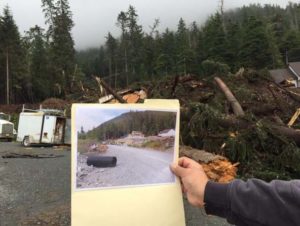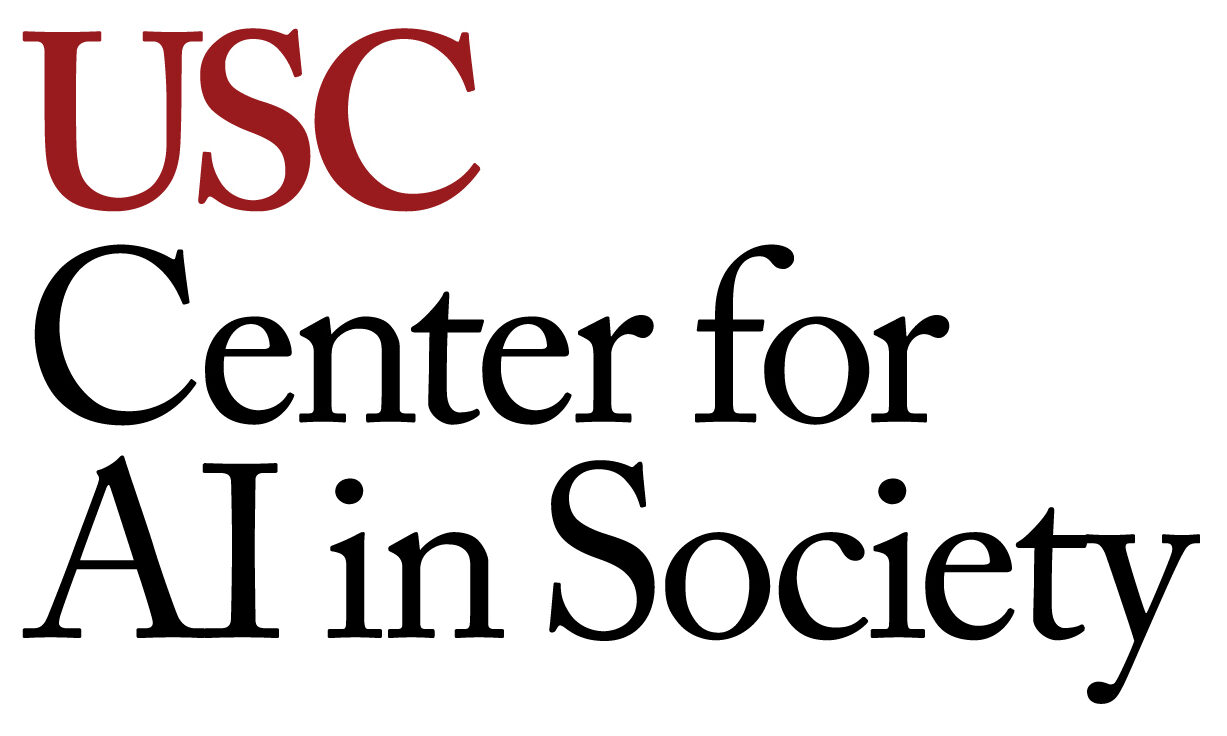Landslide Risk Management in Remote Communities: Integrating Geoscience, Data Science, and Social Science in Local Context
Landslides are a natural disaster that are hard to predict, but have the potential to cause significant and costly damage to infrastructure and human lives. Landslides are particularly difficult to predict because they are infrequent and their occurrence may depend strongly on the specific soil, rain, and wind conditions in each location. Effective warning is challenging because community members have different risk perceptions and tolerances, and predictions are often imprecise.
Sitka, Alaska is especially prone to landslides. In 2015, a series of landslides killed three people (1).
Goals
As a part of a team of researchers from RAND, the University of Oregon, the Sitka Science Center, and the Sitka Tribe of Alaska, we are working to 1) determine the best path for preparedness information flow in a social network of Sitka residents and 2) using artificial intelligence (AI) to assess landslide risk (based on sensors installed by our counterparts at the University of Oregon and historical data from the US Forest Service).
We also want to apply such techniques to other disaster planning scenarios.

Methods
Social network communication will be assessed via social network surveys and the aid of AI influence maximization to identify the key persons for preparedness education. Information provided to these key individuals will include risk perception and disaster preparedness. The hope is that this information will then be shared with their network contacts.
Aida Rahmattalabi
National Science Foundation Award # 1831770, subaward with RAND
- KTUU, May 22, 2019, Landslide warning sensor installation scheduled for Sitka
- USC Viterbi, October 29, 2018, Research partnership awarded $2.1m for landslide prediction project
- RAND Blog, October 10, 2018, RAND Wins $2.1 Million Grant to Improve Landslide Prediction
- http://dggs.alaska.gov/webpubs/dggs/ic/text/ic065.pdf
- Photos from https://www.nbcchicago.com/news/national-international/Landslides-Sitka-Alaska-322243522.html and https://www.alaskapublic.org/2015/08/19/sitka-landslides-part-of-a-larger-landscape-change/



